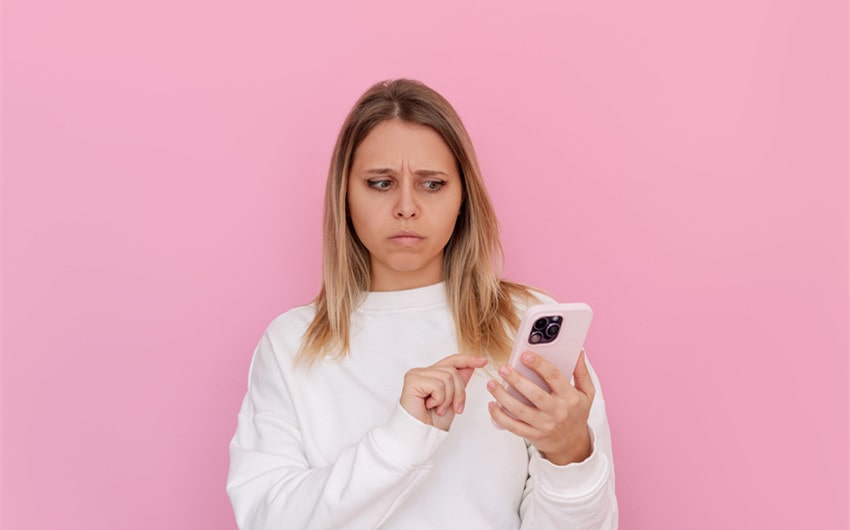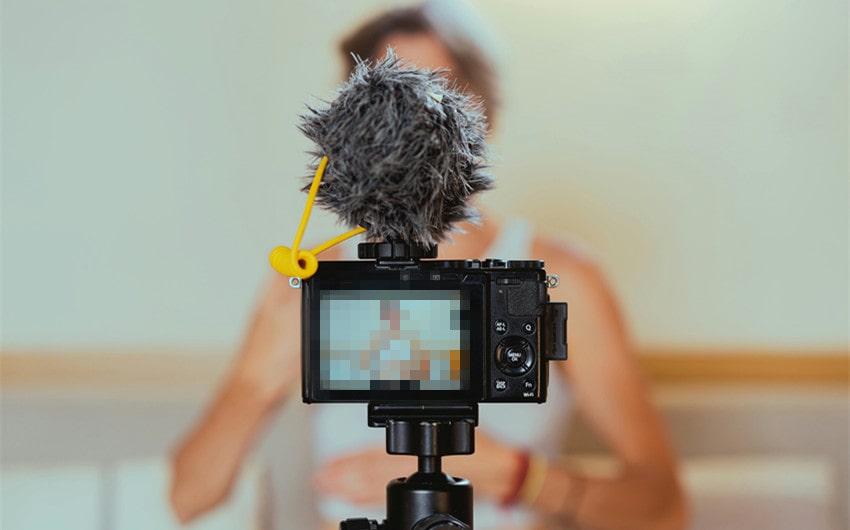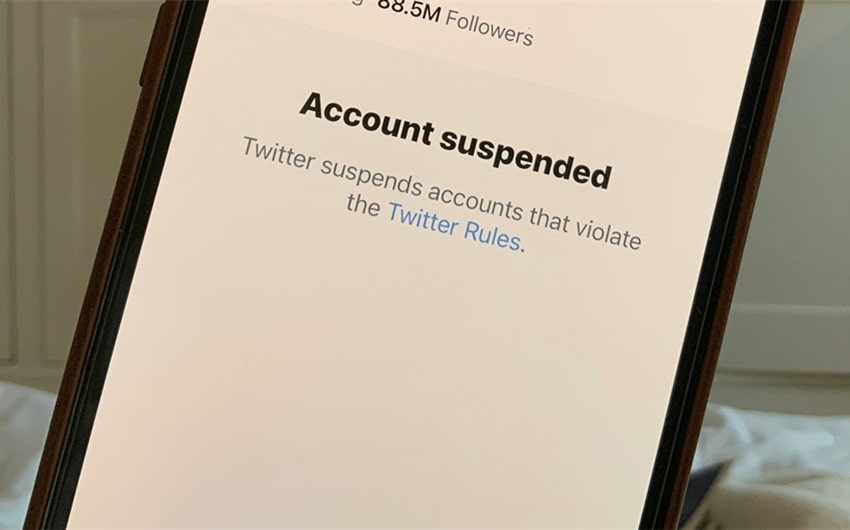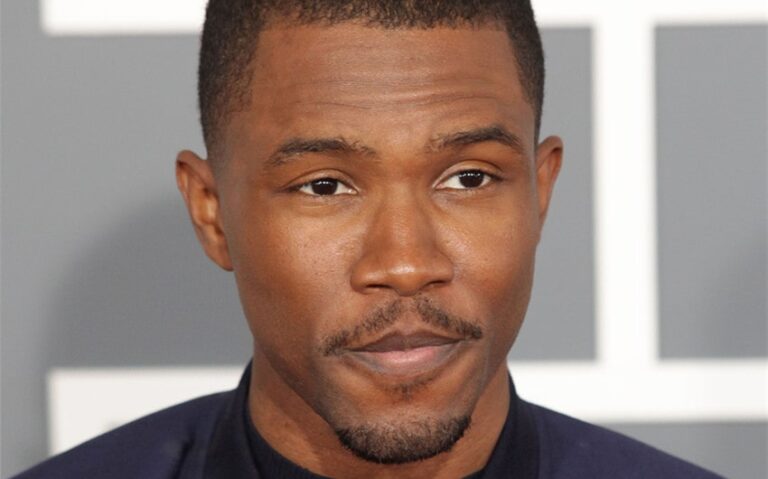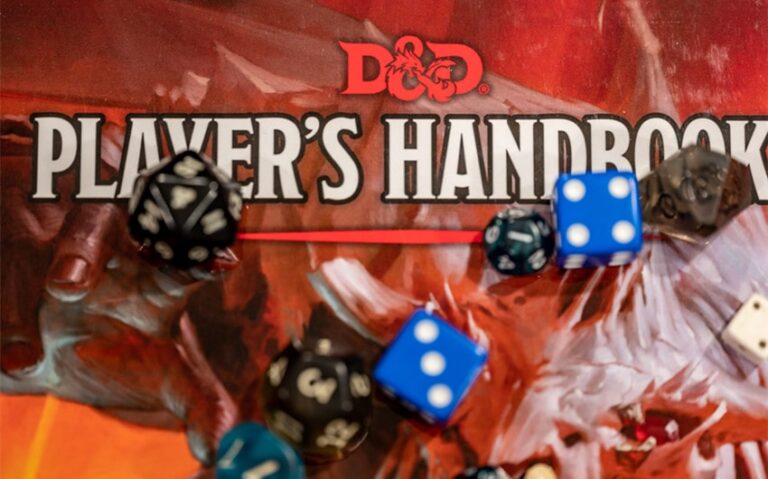Influencers Gone Wild: Lessons About Fame and Responsibility
In the age of social media, influencers often walk a fine line between creativity and controversy. But what happens when that line is crossed? Stories of influencers gone wild—from outrageous stunts to questionable behavior—frequently dominate headlines, sparking debates about the lengths people will go for fame and followers.
While some of these actions are designed to grab attention, others have unintended consequences that impact careers, reputations, and even mental health. In this article, we’ll explore what it means for influencers to “go wild,” why it happens, and the lasting effects on their audience and the social media landscape.
What Does “Gone Wild” Mean for Influencers?
The phrase “gone wild” describes situations where influencers engage in extreme or controversial behavior to gain attention, engagement, or virality. These actions often push boundaries, sometimes leading to unintended consequences. Here are the main ways influencers exhibit this behavior:
1. Outrageous Public Stunts
Many influencers resort to extreme stunts in public spaces to capture attention and create viral content. While such stunts generate millions of views, they can pose serious risks to the influencer and bystanders.
For some, the allure of shock value outweighs the dangers, but the repercussions—such as legal trouble or public backlash—can tarnish their reputation and lead to severe consequences.
2. Controversial Statements or Content
Posting provocative or inflammatory remarks is another way influencers “go wild.” This could include making offensive jokes, sharing discriminatory views, or promoting divisive opinions. The goal is often to provoke reactions and spark debates, keeping their name in the spotlight.
While this tactic might drive traffic to their profiles, it frequently results in canceled partnerships, loss of followers, and long-term damage to their personal brand. The line between engaging content and offensive behavior is often blurred, with significant fallout when crossed.
3. Irresponsible or Illegal Actions
Some influencers engage in behavior that is not only irresponsible but also illegal, such as vandalizing property, trespassing, or promoting harmful or fraudulent products. These actions are often undertaken to appear daring or edgy, or to generate revenue through unethical means.
While these behaviors may garner attention in the short term, they can lead to lawsuits, financial penalties, and irreparable harm to their public image. This kind of reckless behavior often alienates their audience and erodes trust.
4. Crossing Personal or Professional Boundaries
In their quest for attention, some influencers overshare personal details or engage in public feuds with other influencers. This may include airing private grievances, exaggerating drama, or spreading misinformation to gain sympathy or views.
Although these tactics may temporarily boost engagement, they often damage relationships and alienate followers who value authenticity and professionalism. Followers may begin to question the influencer’s integrity and motivations, leading to a loss of credibility over time.
5. Overexposure for Attention
In an attempt to stay relevant, influencers may engage in behaviors that feel excessive or desperate, such as constant updates, overly curated drama, or frequent shocking confessions. While these tactics might initially attract attention, they risk oversaturating their audience, leading to fatigue and a decline in interest.
Overexposure can erode trust, as followers may perceive the influencer’s behavior as performative rather than genuine. This ultimately leads to diminishing engagement and a weakened connection with their audience.
Notable Cases of Influencers Gone Wild
The internet is filled with stories of influencers who have crossed the line in their pursuit of fame, engagement, or relevance. These actions often lead to significant public backlash, tarnished reputations, and, in some cases, severe legal consequences. Below are real-world-inspired examples that highlight how influencers “go wild” and the impact of their decisions:
1. Dangerous Stunts Gone Too Far
Risky, life-threatening stunts have become a hallmark of some influencers chasing virality. While these acts attract millions of views, they often involve disregard for safety and legality.
- Example: A YouTuber filmed himself hanging off the edge of a skyscraper without safety equipment in a crowded city center. Although the video garnered millions of views, the influencer faced legal charges for trespassing and public endangerment. Critics called out the content for inspiring copycat behavior among impressionable followers, some of whom attempted similar stunts and sustained injuries.
- Impact: While the stunt brought temporary fame, it damaged the influencer’s relationship with sponsors and led to a court-mandated fine, jeopardizing their career.
2. Offensive Content During Sensitive Times
Insensitive remarks or actions during global crises or tragedies have landed influencers in hot water, demonstrating a lack of awareness or empathy.
- Example: During the height of the COVID-19 pandemic, an influencer posted a video mocking people wearing masks while visiting a crowded grocery store. The backlash was immediate, with followers accusing the influencer of downplaying a serious public health crisis. Major brands quickly severed ties, and the influencer lost tens of thousands of followers.
- Impact: The video became a cautionary example of how tone-deaf content can permanently alienate followers and destroy trust.
3. Promoting Harmful Products
Influencers wield immense power when endorsing products, but this responsibility has often been misused to promote harmful or fraudulent items.
- Example: A beauty influencer with millions of followers promoted a skin-lightening cream from a questionable brand, claiming it had miraculous effects. After users reported severe burns and skin damage, an investigation revealed the product contained banned ingredients. The influencer faced legal action from consumer protection agencies and was widely criticized for failing to vet the product.
- Impact: The incident severely damaged the influencer’s reputation and led to a decline in sponsorships and collaborations.
4. Illegal Acts for Content
In the pursuit of unique and edgy content, some influencers have broken laws, leading to fines, arrests, and public condemnation.
- Example: A travel influencer filmed themselves illegally entering a restricted historical site after hours to capture “exclusive” footage. Authorities apprehended the influencer after the video went viral, and they were fined heavily for trespassing. In addition, the local community criticized the act as disrespectful to the cultural significance of the site.
- Impact: Although the content gained attention, the influencer faced widespread backlash, including a travel ban from the country and loss of travel-related sponsorships.
5. Exploiting Personal Drama
Some influencers intentionally create or amplify personal drama, feuds, or fake controversies to generate buzz and engagement.
- Example: A lifestyle influencer staged a breakup with their partner and documented every tearful moment across multiple platforms. Fans later discovered the breakup was fabricated to promote a new product line. While this tactic initially drove traffic to their page, followers expressed betrayal, and many unsubscribed.
- Impact: Trust erosion from followers significantly affected their long-term engagement and ability to connect authentically with their audience.
6. Dangerous Challenges and Trends
Participating in or encouraging unsafe challenges has become a troubling trend among influencers looking for viral fame.
- Example: An influencer promoted a “24-hour no water” challenge to their audience, claiming it was a way to “detox.” Several followers reported feeling ill after attempting the challenge, prompting medical professionals to criticize the influencer for promoting unsafe practices. The influencer later issued a public apology but faced significant damage to their reputation.
- Impact: The incident highlighted the dangers of irresponsible content creation and the ethical responsibility influencers have toward their followers.
Why Do Influencers Go Wild?
Influencers often engage in extreme or controversial behavior due to various pressures and motivations. Here’s a concise breakdown:
- Attention Economy: Social media rewards attention, pushing influencers to create sensational content for visibility and relevance.
- Virality as a Survival Tool: Shocking or controversial behavior drives shares and engagement, making it a shortcut to fame.
- Pressure to Stay Relevant: Constant innovation and drama are seen as necessary to maintain audience interest and avoid losing followers.
- Monetization Incentives: Outrageous content boosts views and engagement, increasing revenue from brand deals and sponsorships.
- Audience Expectations: Influencers escalate behavior to meet followers’ demand for excitement, creating a cycle of extreme actions.
- Allure of Controversy: Scandals and disputes attract attention, with some influencers believing “no publicity is bad publicity.”
- Platform Dynamics: Algorithms prioritize engaging, sensational content, incentivizing influencers to cater to viral trends over substance.
- Ego and Validation: Personal motivations, such as seeking approval or asserting dominance, drive influencers to push boundaries.
Consequences of “Going Wild”
While outrageous or controversial behavior can bring influencers short-term attention, the consequences are often severe and long-lasting. Here’s a closer look at the potential fallout:
1. Damage to Reputation
One of the most immediate effects of “going wild” is reputational damage. Followers expect authenticity and responsibility from influencers, and controversial actions can quickly erode trust.
For example, influencers who engage in offensive remarks or inappropriate stunts often face public backlash, with many followers unfollowing or publicly criticizing them. Once credibility is lost, it’s incredibly challenging to rebuild, and many brands are hesitant to work with influencers who have a tarnished image.
2. Platform Penalties
Social media platforms enforce guidelines to regulate behavior and content. Influencers who violate these rules risk serious penalties, such as having their content removed, losing monetization privileges, or even facing account suspension.
For example, influencers posting harmful or inappropriate content often see their accounts flagged or banned. These penalties can significantly hinder their ability to generate income and maintain their audience, potentially ending their online careers altogether.
3. Legal Repercussions
When influencers break laws or promote unethical behavior, they may face legal consequences. Trespassing for content, endorsing fraudulent products, or endangering others can result in hefty fines, lawsuits, or criminal charges.
For instance, some influencers who promote unregulated health products have faced lawsuits from affected consumers or government agencies. These legal battles can drain financial resources, further damage public perception, and create a lasting stigma around their name.
4. Loss of Sponsorships and Collaborations
Brands are quick to sever ties with influencers involved in controversy to protect their own reputations. This leads to a significant loss of sponsorship deals and future collaborations, which are often the primary sources of income for influencers.
For example, many brands drop influencers who post offensive or divisive content. Without sponsorships, influencers face financial instability and may struggle to rebuild their brand image or find alternative income streams.
5. Negative Impact on Mental Health
The intense backlash and scrutiny that come with “going wild” can take a serious toll on an influencer’s mental health. Constant criticism, online hate, or the fear of being “canceled” often lead to anxiety, depression, and burnout.
Influencers caught in controversy frequently withdraw from social media or report feeling overwhelmed and isolated. This emotional toll can hinder personal growth and make it difficult to recover professionally.

